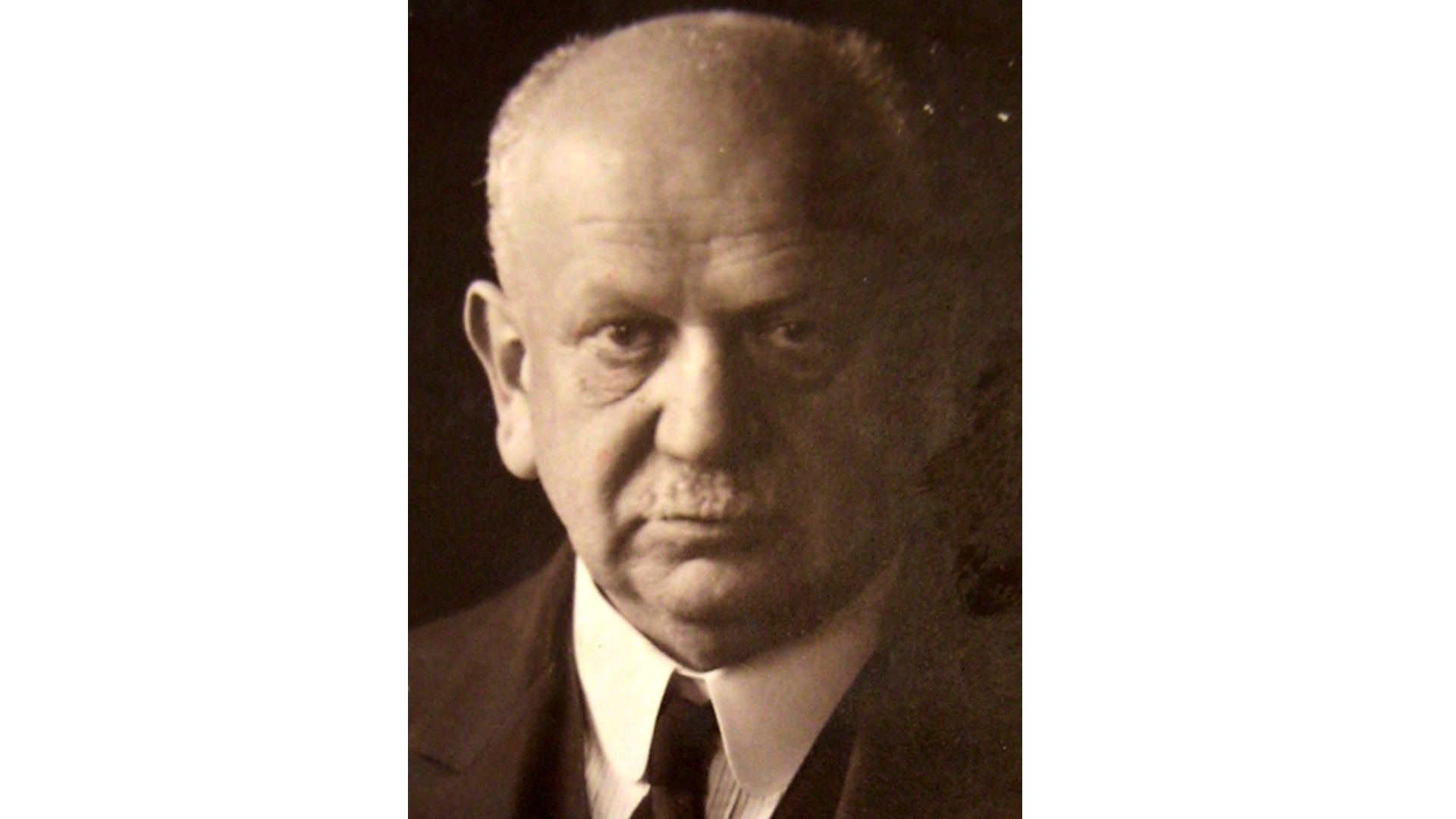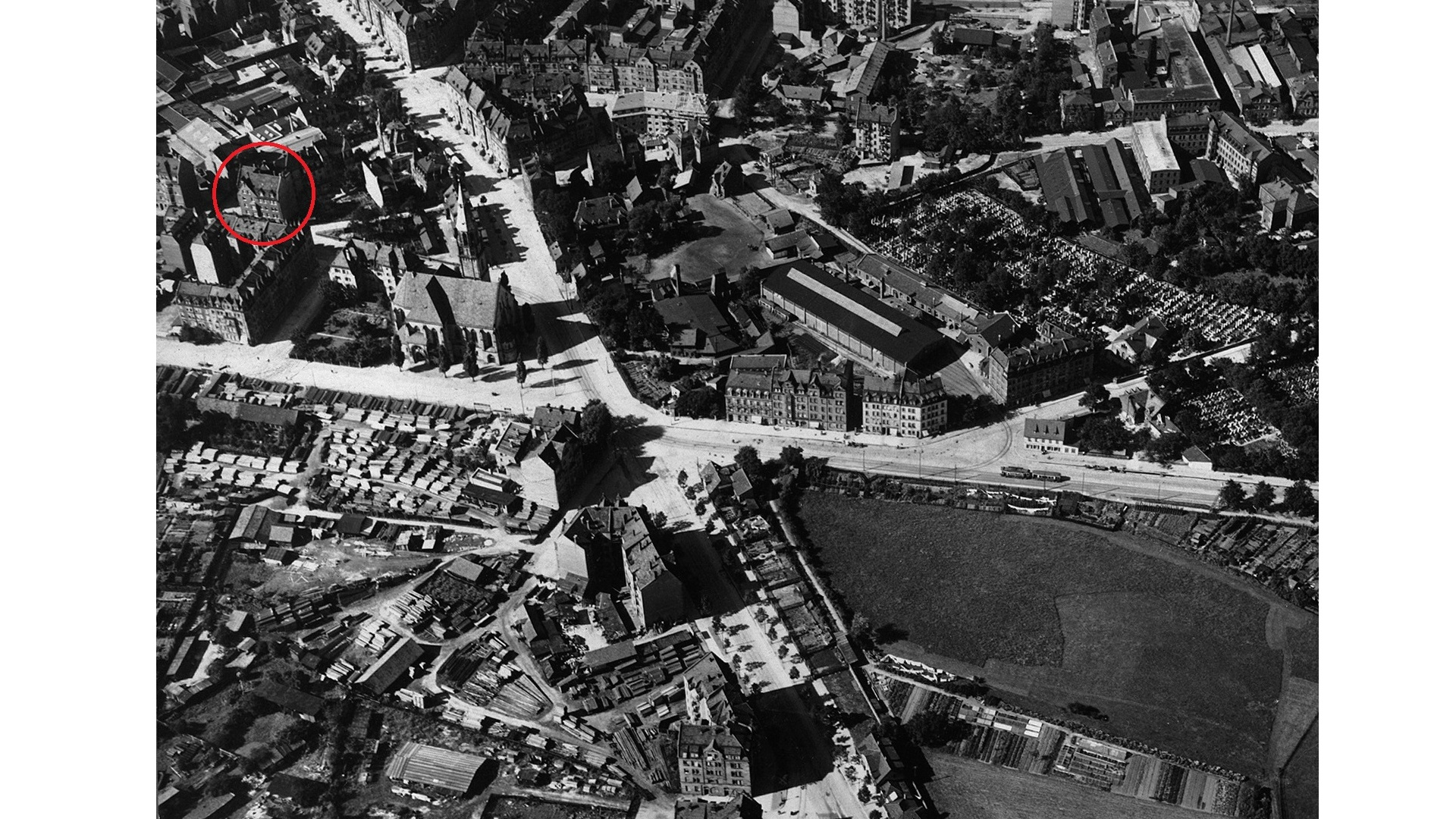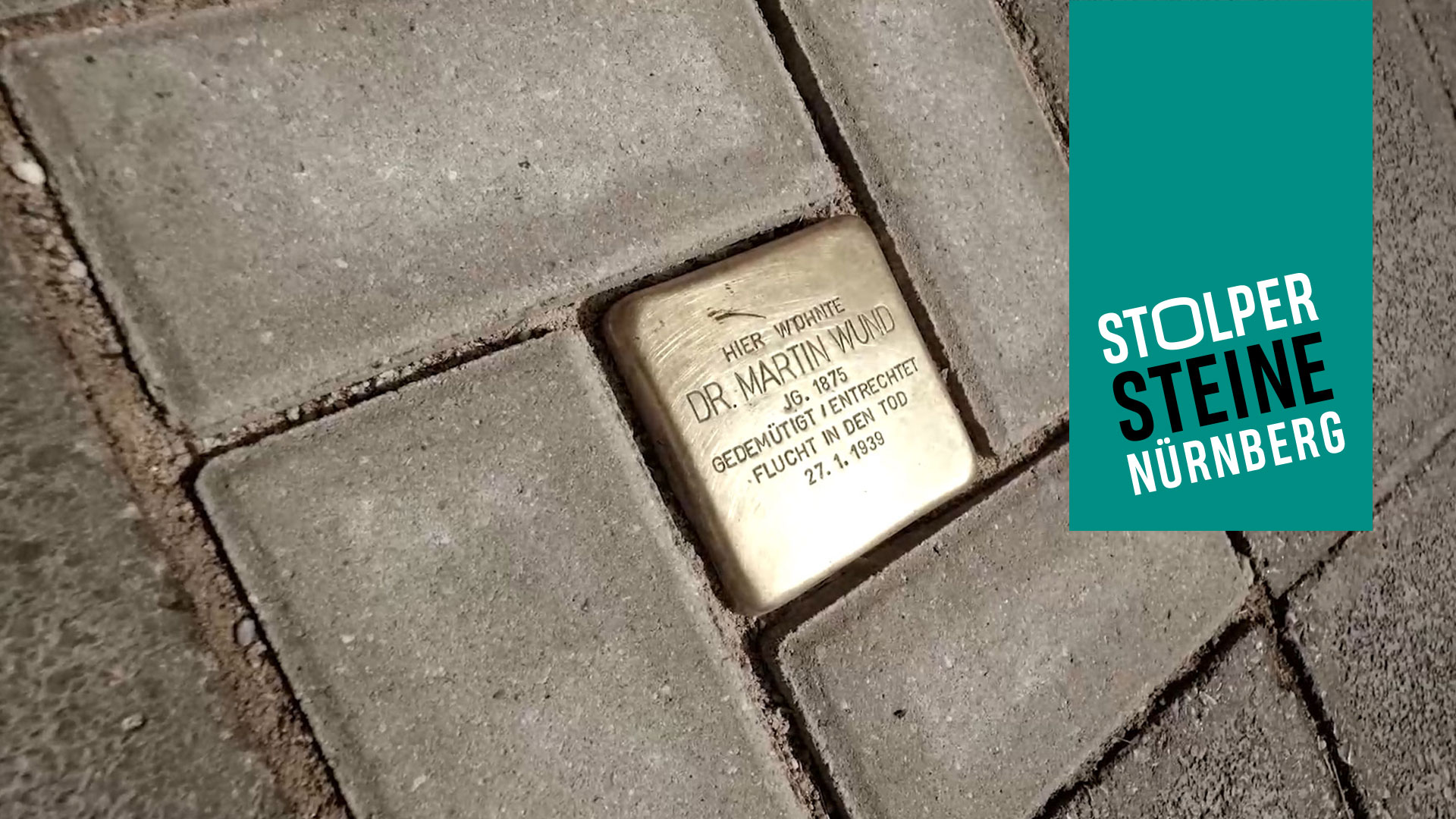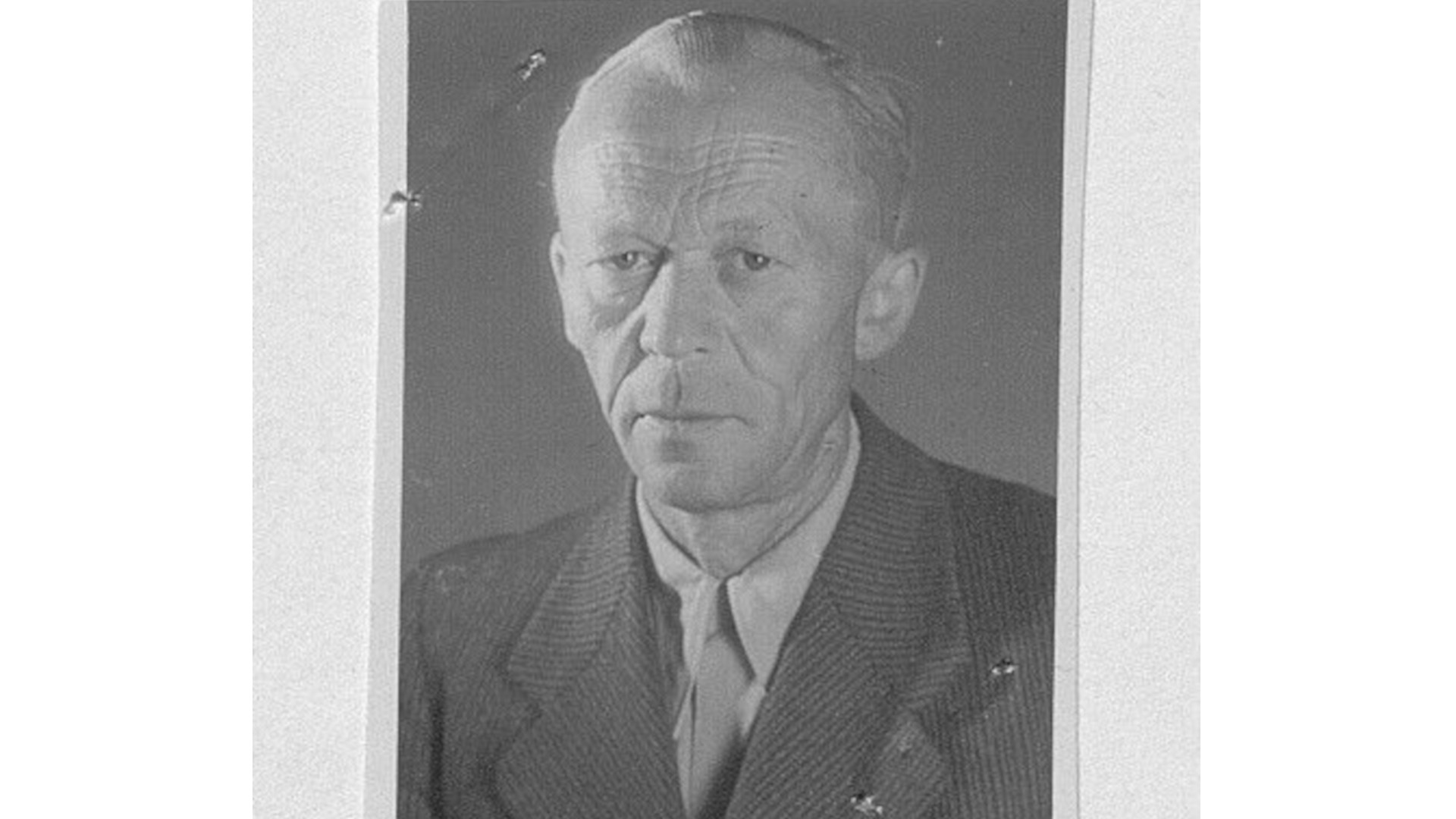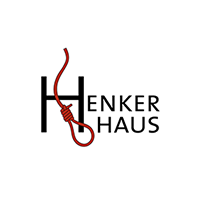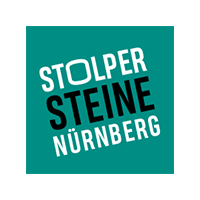| Location of stone: Kirchenstrasse 27 | District: St. Peter |
| Sponsor: Dr Christiane Engel | Laying of stone: 26 June 2022 |
Biography
On 26 June 2022 Gunter Demnig laid ten stumbling stones at eight different locations in the city. On the initiative of Dr Christiane Engel these included a stone for the Jewish chemist Dr Martin Wund, who took his own life in 1939.
Martin Wund was born on 12 March 1875 in Breslau. His parents were the businessman Siegbert Wund and his wife Regina (née May). Martin studied pharmacy, obtained his doctorate and became a pharmacist.
In October 1908 he married Emilie Wagner in Darmstadt. The daughter of building inspector Heinrich Wagner and his wife Althena (née Firman), Emilie was born on 3 September 1874. She was a Protestant and Martin converted to Protestantism.
In January the couple moved from Remlingen to Nuremberg. Martin opened the Albrecht Dürer Apotheke at Wirthstrasse 44.
Despite his conversion he was still considered a Jew under the “Nuremberg Laws”. In 1934 he leased his pharmacy to a non-Jewish operator. From 1936 onwards this move was unavoidable because Jewish pharmacists were not allowed to run their own businesses.
The licences of Jewish pharmacists were terminated on 31 January 1939. This was the equivalent of expropriation, as only pharmacists could lease to pharmacists.
In order for his “Aryan” wife to obtain the lease as a pharmacist’s widow, Dr Martin Wund took his own life in Nuremberg’s main railway station on 27 January 1939. Dr Aenny Hauer, who wrote out the death certificate in 1939, attested in 1948 – on the basis of the suicide letter that he left behind – that he had been driven to take his own life.

